Cats are often perceived as aloof and independent creatures, but beneath their mysterious exterior lies a world of deep emotions and connections. Have you ever wondered how these enigmatic animals form lifelong attachments? It’s a surprising journey filled with quirks and endearing behaviors that can warm even the coldest of hearts. Join us as we delve into the fascinating world of feline relationships, unraveling the secrets behind their bonds and the roles humans play in their emotional lives.
The Early Bond: Kittenhood Connections
From the moment they are born, kittens begin forming attachments. These initial bonds, typically with their mother and littermates, are crucial for their survival and emotional development. The warmth of their mother’s body and the rhythmic purring provide a sense of security that shapes their perception of the world. As they grow, these early connections lay the foundation for future relationships, teaching them the nuances of social interaction and trust. It’s during this time that they learn to communicate through meows, purrs, and body language, skills they will carry into adulthood.
Understanding Feline Social Structures
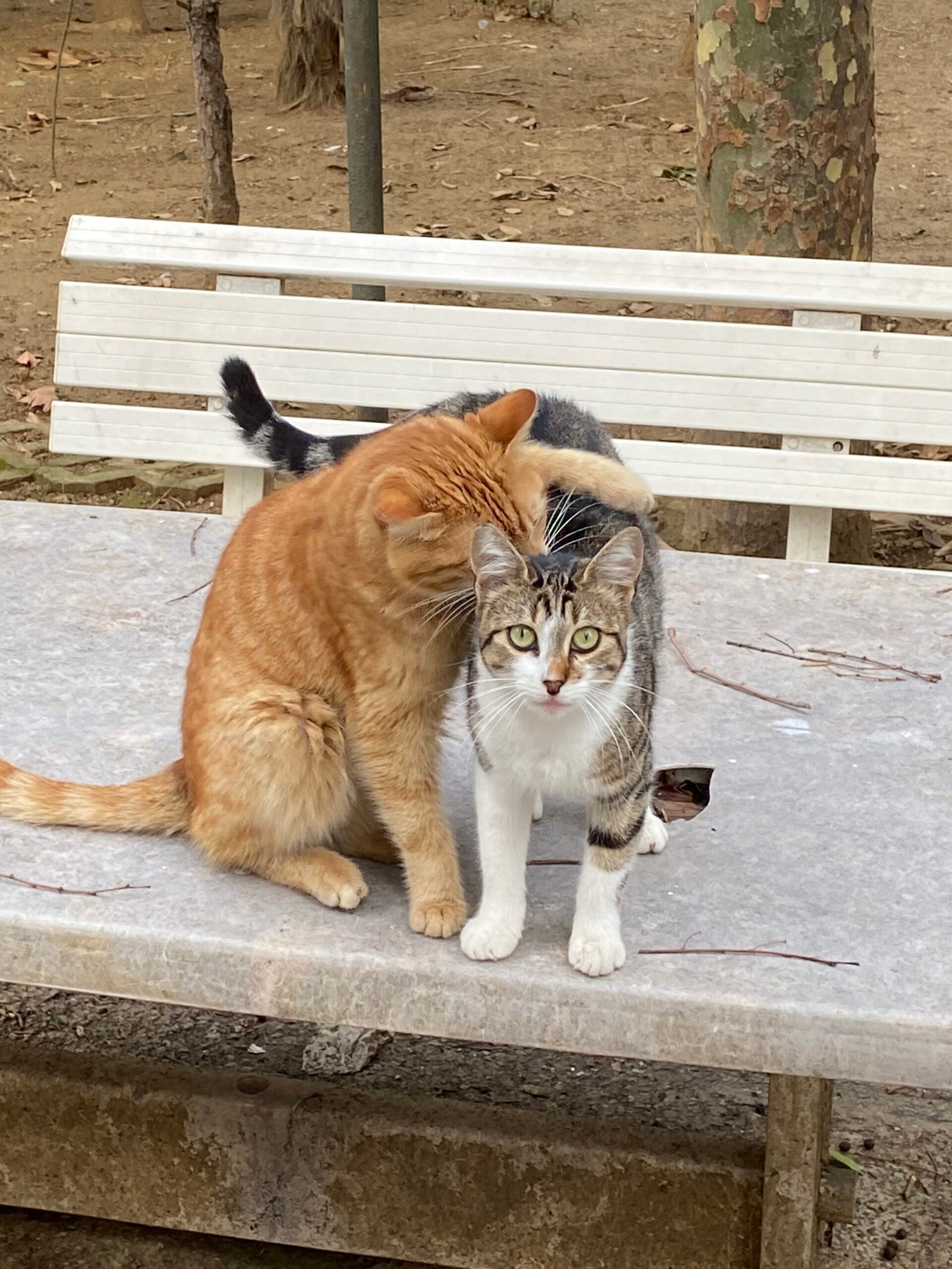
Cats are solitary hunters by nature, but they are also capable of forming complex social structures. In multi-cat households, these social hierarchies can be observed as they establish dominance and negotiate territories. Unlike dogs, cats don’t have a pack mentality, but they do form alliances and friendships. Observing their interactions can be akin to watching a delicate dance, with each cat knowing its place and role within the group. This social awareness and ability to form bonds is a testament to their adaptability and intelligence.
The Role of Scent in Feline Relationships
Scent plays a pivotal role in how cats form attachments. They possess scent glands located on various parts of their bodies, which they use to mark their territory and communicate with others. When a cat rubs against you, it’s a sign of affection and ownership, a way of saying, “You belong to my world.” This scent-marking behavior is not just a territorial claim but an emotional connection, a way for them to feel safe and secure in their environment. The exchange of scents between cats can also strengthen bonds, serving as a form of communication and reassurance.
Purring: More Than Just a Soothing Sound
Purring is often associated with contentment, but it serves multiple purposes in a cat’s life. It’s a form of communication, a way to express emotions ranging from happiness to anxiety. When a cat purrs while nestled in your lap, it’s a sign of trust and attachment. This soothing sound can also have healing properties, promoting relaxation and reducing stress for both the cat and its human companions. The rhythmic vibration of purring is a universal language that transcends species, creating a bond that is both comforting and profound.
Body Language: The Unspoken Connection

Cats are masters of non-verbal communication, using their bodies to convey emotions and intentions. A slow blink from a cat is often seen as a sign of trust and affection, akin to a human kiss. The way they position their tails, ears, and whiskers can provide insight into their emotional state and level of attachment. Understanding these subtle cues is essential for building a strong bond with your feline friend. By reciprocating these gestures, you can strengthen your connection and deepen your relationship with your cat.
The Impact of Routine on Feline Attachments
Cats are creatures of habit, and routines play a significant role in their emotional well-being. Consistent feeding times, play sessions, and grooming rituals create a sense of stability and security. These routines are not just about physical care but also emotional bonding. When a cat knows what to expect, it can relax and focus on forming attachments. This predictability fosters trust and strengthens the bond between cat and owner, creating a harmonious and loving relationship.
The Power of Play in Building Bonds
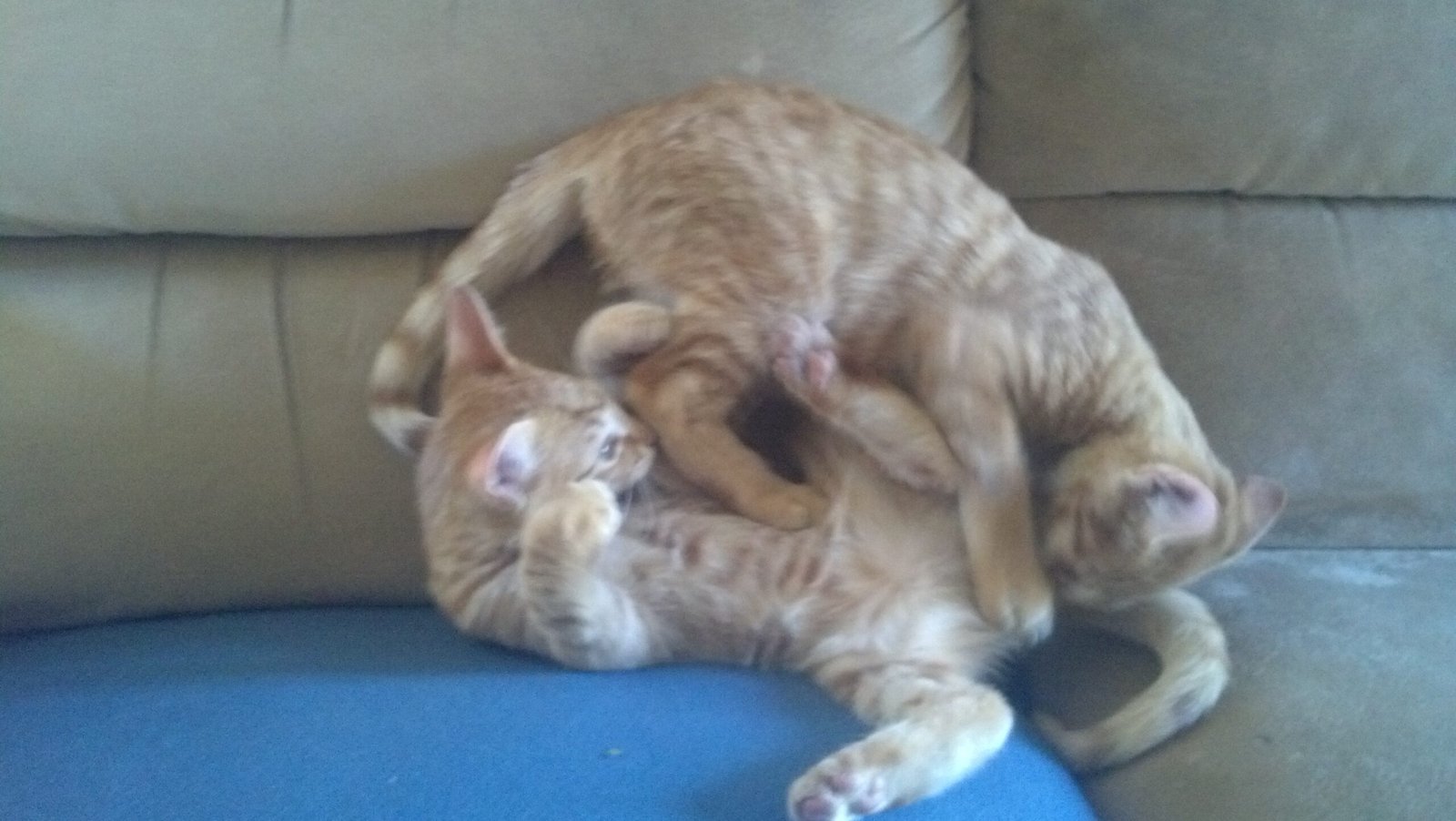
Playtime is not just a physical activity for cats; it’s an opportunity to strengthen their emotional connections. Engaging in interactive play helps build trust and understanding between cats and their human companions. Toys that mimic prey allow cats to express their natural hunting instincts, providing mental stimulation and satisfaction. Through play, cats learn about boundaries, communication, and cooperation. This shared experience creates a bond that transcends language, fostering a deep and lasting attachment.
Grooming: A Ritual of Affection
Grooming is a vital aspect of feline relationships, serving both practical and emotional purposes. When cats groom each other, it’s a sign of trust and acceptance, a way to reinforce social bonds. This behavior is often extended to their human companions, with cats gently licking or nibbling as a form of affection. Grooming is not just about cleanliness; it’s a ritual that strengthens attachments and communicates love. By participating in this grooming routine, you can enhance your bond with your cat and create a sense of belonging and security.
The Influence of Human Interaction
Human interaction plays a crucial role in shaping a cat’s attachments. Cats are highly perceptive creatures, capable of forming deep connections with their human companions. The time spent together, whether through play, cuddling, or simply coexisting, is an investment in the relationship. Cats can sense emotions and respond to the energy of their environment, making them sensitive to their owner’s moods and needs. By providing love, attention, and respect, humans can nurture a bond that is both rewarding and enduring.
The Role of Environment in Feline Attachments
A cat’s environment significantly impacts its ability to form attachments. A safe, comfortable, and enriching environment promotes emotional well-being and fosters strong bonds. Providing a variety of stimuli, such as toys, scratching posts, and perches, allows cats to express their natural behaviors and feel secure in their surroundings. A stable environment reduces stress and anxiety, enabling cats to focus on building relationships with their human and feline companions. By creating a nurturing space, you can support your cat’s emotional health and strengthen your connection.
The Importance of Socialization
Socialization is a critical factor in how cats form attachments. Exposing kittens to different people, animals, and environments during their formative weeks helps them develop confidence and adaptability. Socialized cats are more likely to form positive relationships and exhibit less fear and aggression. This early exposure teaches them how to navigate the complexities of social interactions, laying the groundwork for lifelong attachments. By continuing to introduce your cat to new experiences, you can support their social development and enhance their ability to form bonds.
Understanding the Individuality of Cats
Each cat is unique, with its own personality, preferences, and quirks. Understanding and respecting this individuality is essential for building strong attachments. Some cats are naturally more social and affectionate, while others may be reserved and independent. By observing and honoring your cat’s individual needs and boundaries, you can create a relationship based on mutual respect and trust. This personalized approach fosters a deeper connection, allowing your cat to feel understood and valued.
The Impact of Trauma and Stress
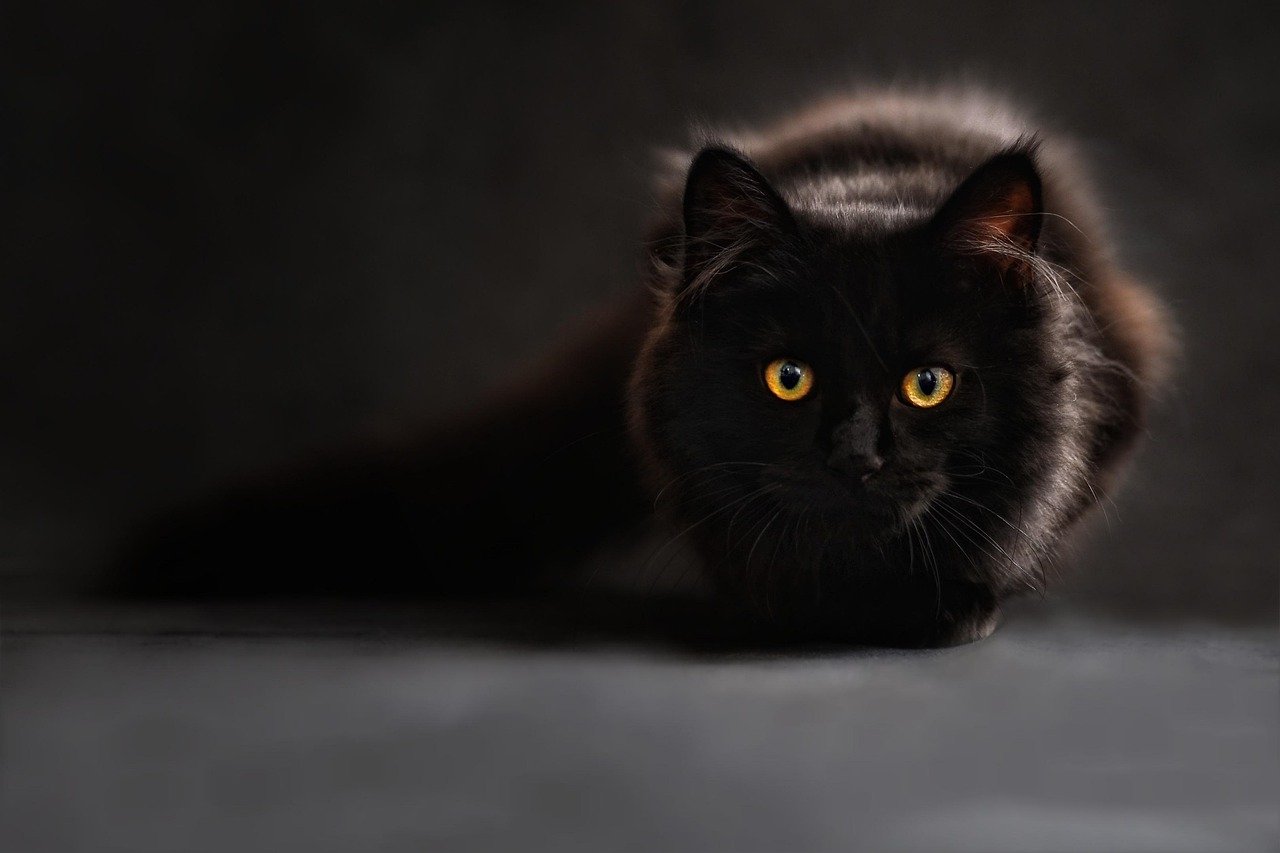
Trauma and stress can significantly affect a cat’s ability to form attachments. Cats that have experienced neglect, abuse, or significant changes in their environment may struggle with trust and social interactions. Patience, understanding, and a gentle approach are crucial for helping these cats heal and build new bonds. By providing a stable and loving environment, you can support their emotional recovery and encourage the development of healthy attachments. This process takes time and compassion, but the rewards of a trusting relationship are immeasurable.
The Role of Genetics in Feline Behavior
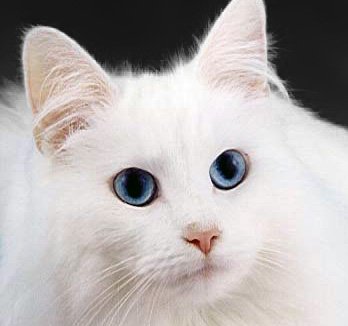
Genetics play a role in shaping a cat’s behavior and ability to form attachments. Certain breeds are known for their social and affectionate nature, while others may be more independent. Understanding the genetic predispositions of your cat can provide insight into their behavior and help you tailor your approach to building a bond. While genetics influence temperament, it’s important to remember that individual experiences and environments also play a significant role in shaping a cat’s personality and attachments.
How Age Affects Feline Attachments
Age can influence a cat’s ability to form attachments, with different life stages presenting unique challenges and opportunities. Kittens are naturally more adaptable and open to forming new bonds, while older cats may require more time and patience. Senior cats, in particular, may have established routines and preferences that need to be respected. Understanding the age-related needs of your cat can help you foster strong attachments and provide the support they need throughout their life.
The Significance of Trust in Feline Relationships
Trust is the foundation of any strong relationship, and this is especially true for cats. Building trust with a cat requires patience, consistency, and respect for their boundaries. By providing a safe and predictable environment, you can help your cat feel secure and open to forming attachments. Trust is earned over time and through positive interactions, creating a bond that is both deep and enduring. Once trust is established, a cat will feel more comfortable expressing affection and forming lifelong connections.
Recognizing Signs of Attachment
Cats express attachment in various ways, from subtle gestures to overt displays of affection. Recognizing these signs can help you understand the depth of your bond and strengthen your relationship. Common signs of attachment include following you around, seeking physical contact, and vocalizing in your presence. Each cat may have its own unique way of showing attachment, so it’s important to pay attention to their individual behaviors and cues. By acknowledging and reciprocating these gestures, you can nurture a loving and lasting bond.
Challenges in Building Feline Attachments
Building attachments with cats can present challenges, particularly if they have had negative experiences or are naturally reserved. Patience and understanding are key to overcoming these obstacles and fostering a strong bond. It’s important to approach each interaction with empathy and respect, allowing the cat to set the pace for the relationship. By creating a positive and supportive environment, you can help your cat feel safe and open to forming attachments, even if it takes time and effort.
The Joy of Lifelong Feline Companionship
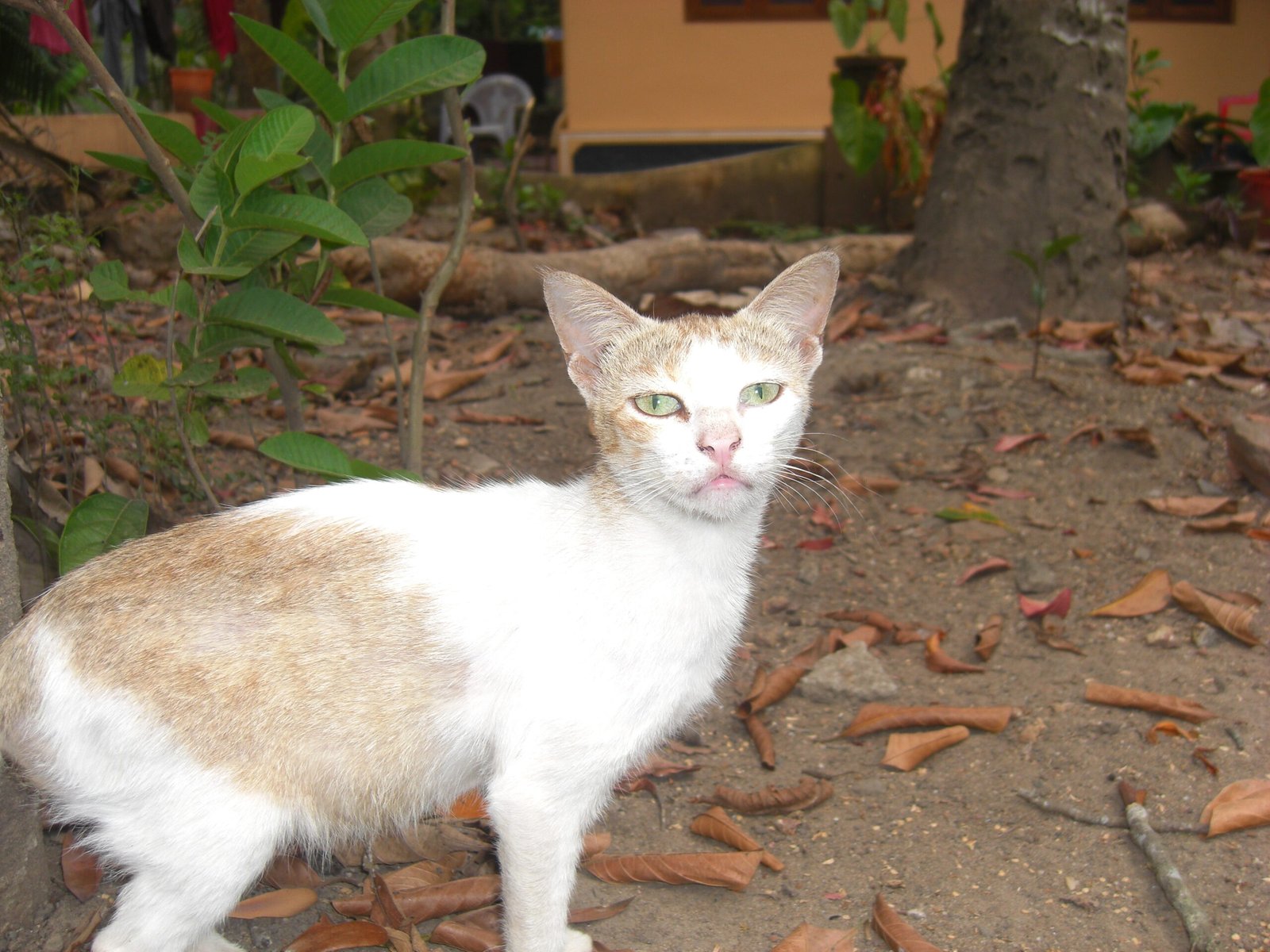
The journey of forming lifelong attachments with cats is filled with joy and fulfillment. These bonds enrich our lives, providing companionship, comfort, and unconditional love. Cats have a unique ability to connect with their human companions, offering a sense of belonging and emotional support. The joy of a purring cat nestled in your lap or the playful antics of a feline friend can bring happiness and meaning to your life. Embracing the journey of building these attachments is a rewarding experience that leaves a lasting impact.
In the intricate dance of feline relationships, every purr, blink, and nuzzle tells a story of connection and trust. Cats may be mysterious creatures, but their ability to form deep and lasting attachments is undeniable. As we unravel the complexities of their emotional lives, we find that these bonds are not just shaped by instinct but by love, patience, and understanding. So, the next time your cat curls up beside you, remember that you are part of a special journey, one that is filled with love, companionship, and the promise of a lifelong friendship. Have you ever experienced the profound joy of a cat’s attachment?
Hi, I’m Bola, a passionate writer and creative strategist with a knack for crafting compelling content that educates, inspires, and connects. Over the years, I’ve honed my skills across various writing fields, including content creation, copywriting, online course development, and video scriptwriting.
When I’m not at my desk, you’ll find me exploring new ideas, reading books, or brainstorming creative ways to solve challenges. I believe that words have the power to transform, and I’m here to help you leverage that power for success.
Thanks for stopping by, Keep coming to this website to checkout new articles form me. You’d always love it!






